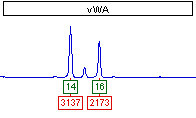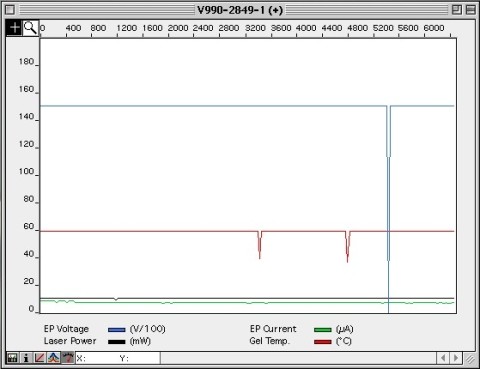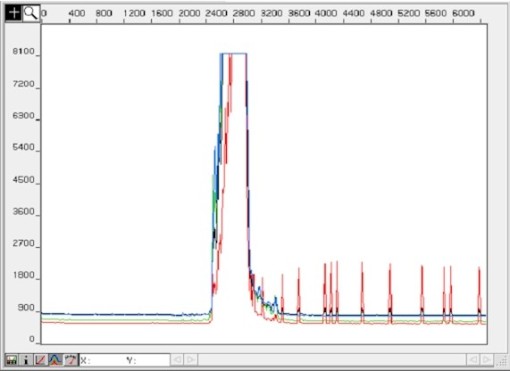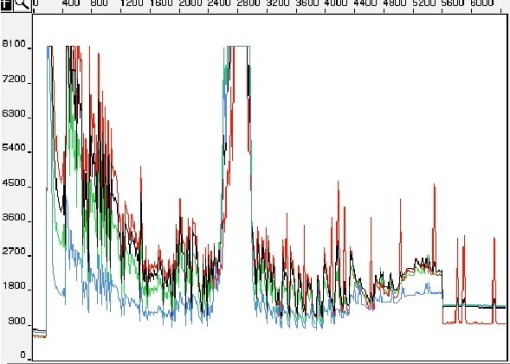Possible Issues with DNA Evidence
DNA evidence is often touted as irrefutable, but problems do exist. It is important to get objective analysis of DNA evidence in order to ensure that no potential issues slip through the cracks. Here are a few examples of problems that may occur.
I. Mixtures
One of the most commonly-encountered problems is a DNA mixture. If more than one person contributes to a sample, then three or more alleles will likely be observed in at least one of the tested loci. Mixtures are often challenging and are subject to multiple interpretations.
II. Degradation
DNA samples degrade when a sample is aged or exposed to harsh conditions -- often useful information for defendants. Degradation is marked by progressively falling peak heights as the amplicon size increases. Degraded samples are sometimes difficult to interpret because of the loss of peak height information (for determining issues like peak height imbalances). Degraded samples are also subject to allelic dropout.
III. Stutter Peaks
Stutter peaks are found in almost every electropherogram. Stutter peaks are small peaks that occur immediately before or after a real peak. During the PCR amplification process, the polymerase can lose its place when copying a strand of DNA, usually slipping forwards or backwards four base pairs. The result is a small number of DNA fragment copies that are either one repeat larger or smaller than the true fragment being amplified.
IV. Peak Height Imbalance
Peak height imbalances are calculated in heterozygous loci (containing two alleles). A peak height
imbalance is generally considered to occur when there is greater than a 30% difference in the heights of the two peaks. A sample from a single person should contain peaks that are roughly equivalent
in height, so an imbalance is indicative of a mixture.
V. Blobs and Noise
During the testing process, excess dye can clump together and result in a dye blob appearing on the electropherogram output. Although dye blobs can be observed at many heights, most tend to exhibit a wide shape. The danger of dye blobs is that they can mask a true allele.
VI. Pull-Up
Pull-up (sometimes called bleed-through) is a failure of the analysis software to discriminate between the different dye colors used during the generation of test results. A peak observed in one dye (such as Blue) is recorded by sensor for another dye (such as Green or Yellow) and generates a second peak that is a technical artifact. The artifact peak can of substantial height to be considered a true allele. There is a danger that pull-up will go unrecognized, particularly when the result it produces is consistent with what the analyst expected or wanted to find.
VII. Spikes - EPT Data Problems
Spikes are technical artifact peaks caused by voltage spikes during analysis. Spikes typically exhibit an unusually thin peak shape. As with all technical artifacts, the danger is that the peak will go unnoticed and will potentially impact the DNA testing results.
Alternately, bad EPT data exhibits spikes in the levels and can indicate the presence of spikes in the sample:
VIII. Raw Data Problems
A good indication of general analysis failure is to look at the raw data from the genetic analyzer. It should contain a large band followed by peaks that look similar to a GenoTyper output graph. The baseline should be constant.
Bad raw data exhibits an uneven baseline, possible saturation, and generally looks uneven.













